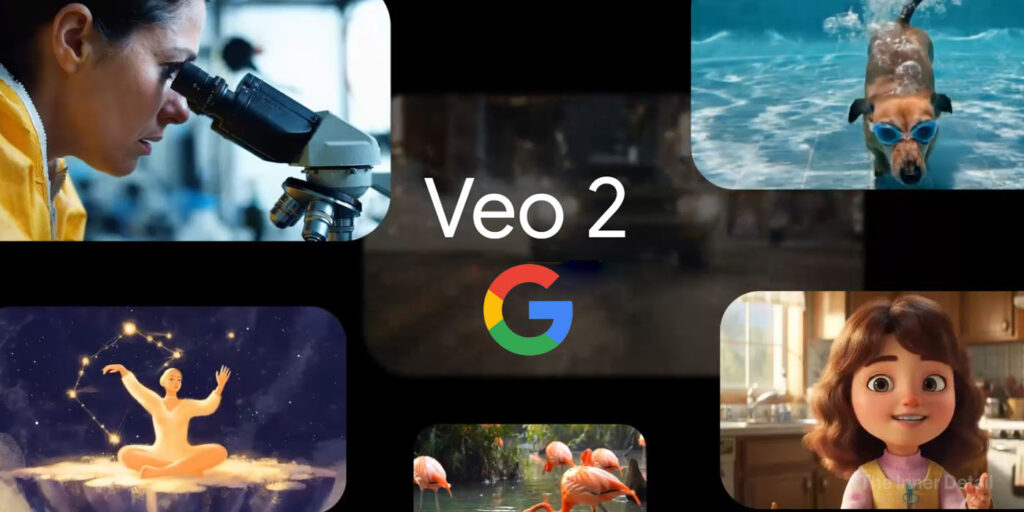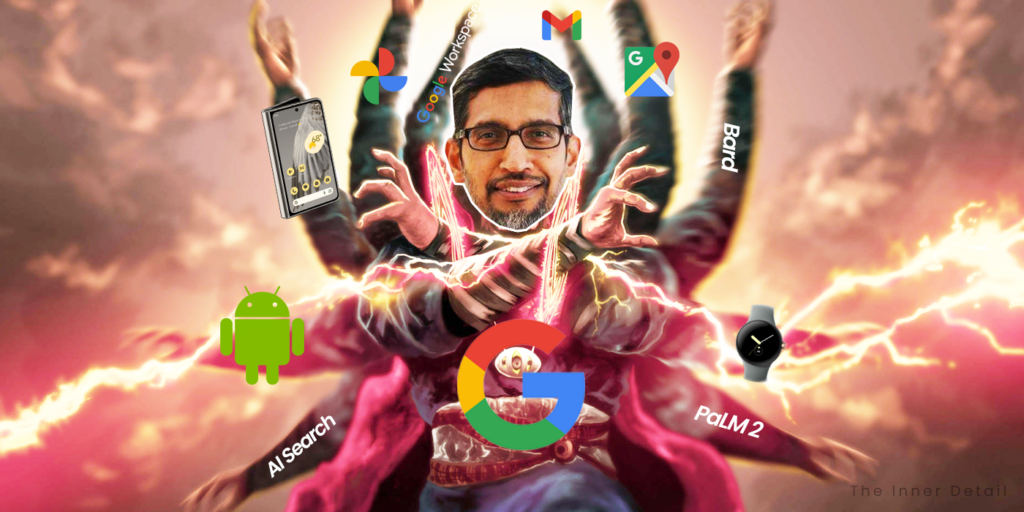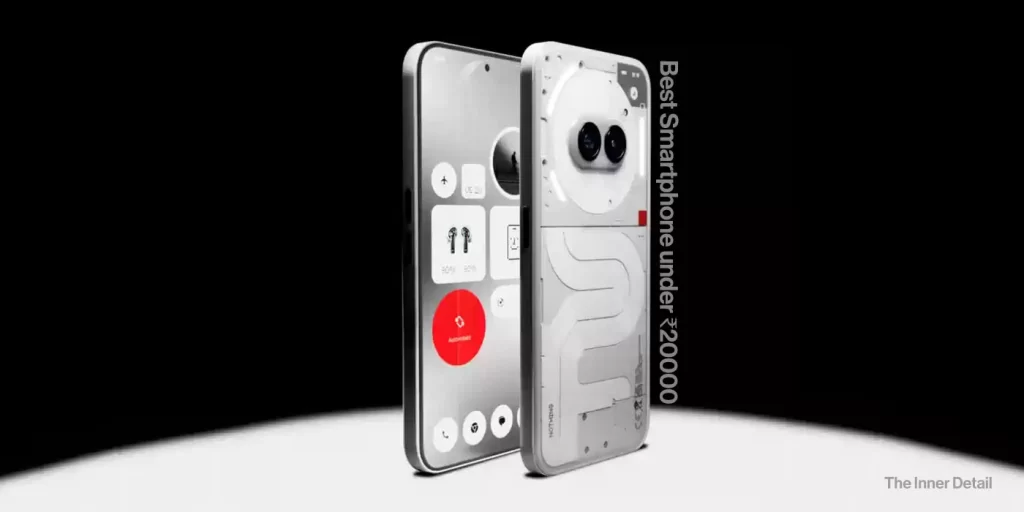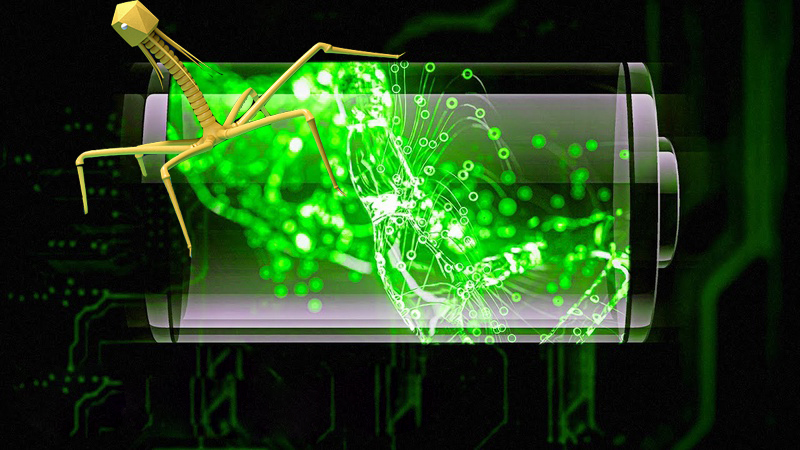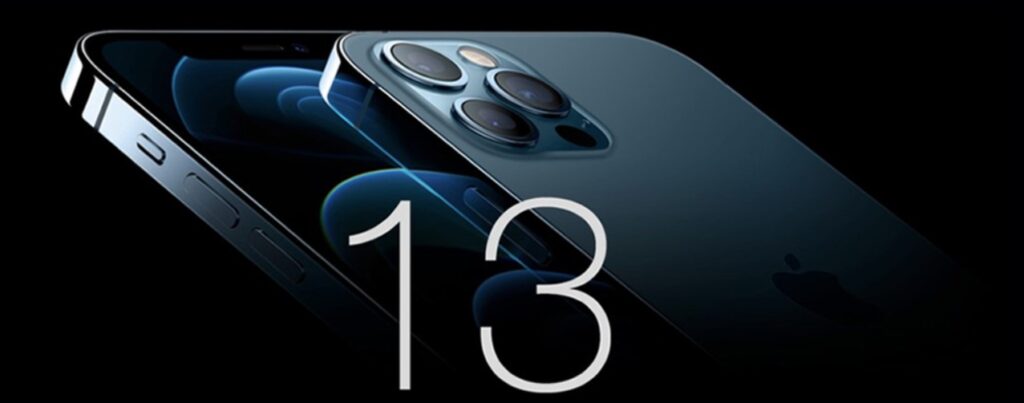With the ongoing race to develop state-of-the-art AI tools, companies are pushing their capabilities to an unimaginable level and AI-video-generators are one of the cases. OpenAI teased Sora recently, which is capable of creating 1080p videos. And now, Google joins the track with this new AI.
With the unveiling of Veo 2, a cutting-edge AI video generation model, Google is stepping up as a formidable competitor to OpenAI. Designed to create hyper-realistic videos in stunning 4K resolution, Veo 2 pushes the boundaries of what AI can achieve in visual storytelling.
From capturing lifelike physics and human expressions to offering cinematic control over genres, lenses, and effects, this model represents a leap forward in AI video technology.
Google’s “Veo 2” AI
Google has recently unveiled its latest AI video generation model, Veo 2, which is designed to create highly detailed and realistic videos across a wide range of styles and topics. This launch positions Google as a strong rival to OpenAI in the rapidly evolving field of AI-driven video creation.
Veo 2 is capable of generating videos in 4K resolution, a notable improvement over competitors. These videos are designed to capture the intricacies of real-world physics, human movement, and expressions.
The model understands cinematic language, enabling users to specify genres, lenses, and effects, allowing for advanced control over video output. For example, users can request a low-angle tracking shot or a close-up shot with a shallow depth of field. Suggest “18mm lens” in your prompt and Veo 2 knows to craft the wide angle shot that this lens is known for, or blur out the background and focus on your subject by putting “shallow depth of field” in your prompt.
Unlike other AI models, Veo 2 minimizes errors such as extra fingers or unexpected objects, leading to more accurate video outputs.
Just watch these videos generated by Veo 2 and look at its details.
OpenAI’s Sora v Google’s Veo 2
Veo 2’s launch comes shortly after OpenAI released its video generation model, Sora. Veo 2’s 4K output is a stark contrast to Sora’s 1080p max output. One of the criticisms of Sora is that the movement in its videos does not look natural. Google hints that Veo 2 is better than Sora in this aspect.
In human testing, where participants viewed over 1,000 prompts and videos on MovieGenBench, Veo 2 was preferred to Sora Turbo 58.8% of the time. This indicates that Veo 2 is exceptional at passing “the eye test”.
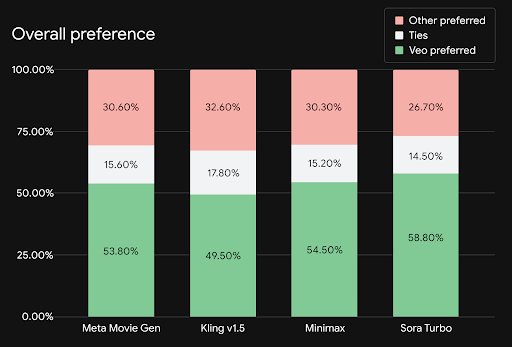
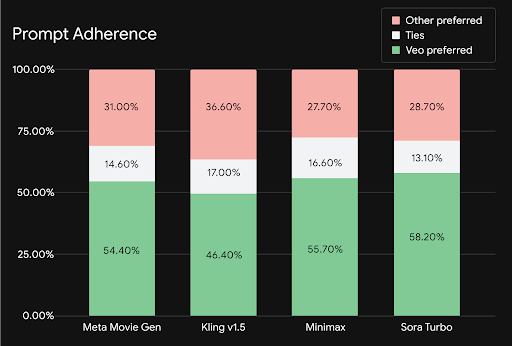
The videos generated by Veo 2 includes an invisible SynthID watermark to detect them as AI-generated, which helps in preventing misinformation.
Where to access Veo 2 AI?
Veo 2 is currently available through Google Labs’ VideoFX. However, access is currently limited to users over 18 years of age residing in the US. New users can sign up for a waitlist on Google Labs.
Google also plans to integrate Veo 2 with YouTube Shorts and other products in 2025, signaling its commitment to AI-driven content creation.
Other Google AI releases
Along with Veo 2, Google has also updated its image generation model, Imagen 3, which produces brighter and better-composed images with more diverse art styles.
Additionally, Google has introduced a new tool called Whisk, which allows users to input or create images that convey the subject, scene, and style they have in mind and remix them into new creations.
Read more about Google’s Projects here.
These releases by Google demonstrate its focus on pushing the boundaries of AI-driven content generation.
(For more such interesting informational, technology and innovation stuffs, keep reading The Inner Detail).
Kindly add ‘The Inner Detail’ to your Google News Feed by following us!
